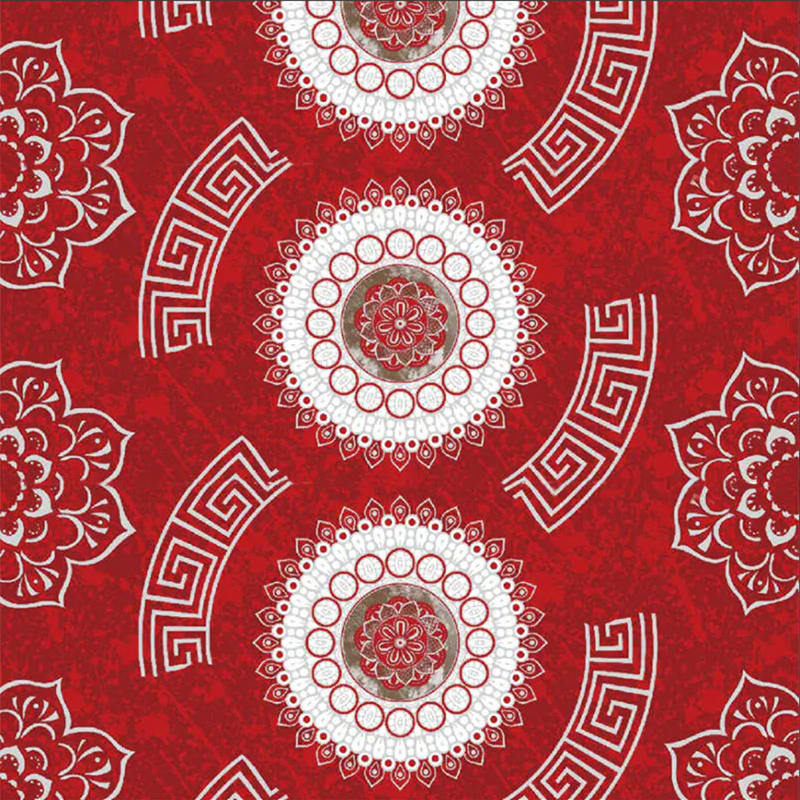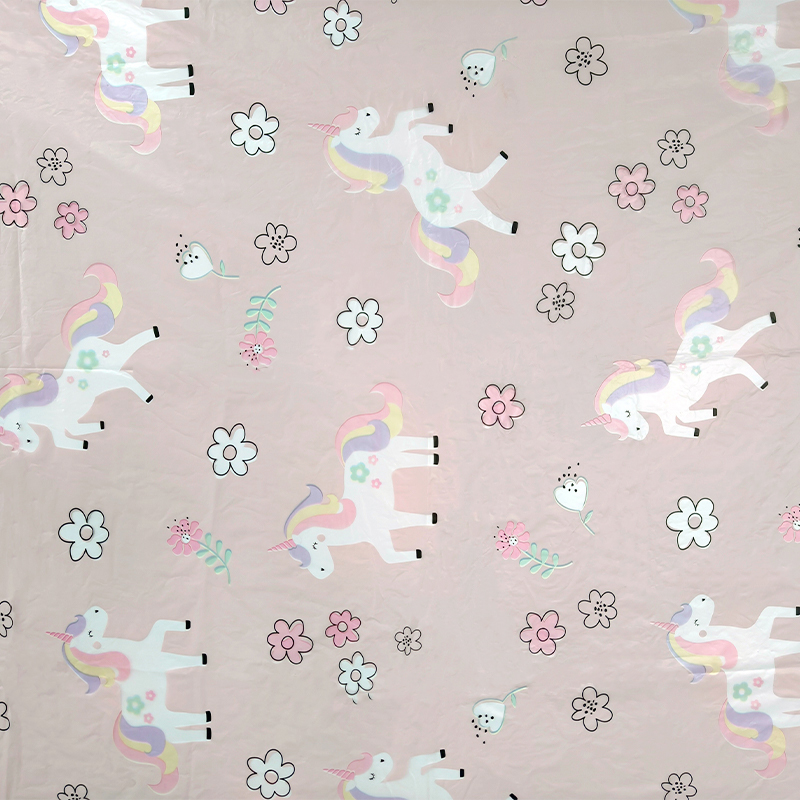Crawling is a pivotal stage in a baby's development, acting as a critical precursor to walking and influencing a wide array of cognitive and physical skills. Providing the right environment for this exploration is key, and this is where crawling mats play an indispensable role. These specialized surfaces, also known as infant play mats, baby floor mats, or toddler activity mats, offer a safe, supportive, and stimulating space that significantly enhances a baby's motor skill development.
Creating an Optimal Environment for Exploration
The primary benefit of a dedicated crawling mat is the safe and hygienic surface it provides. Unlike carpets which can harbor allergens and dust, or hard floors which offer little cushioning, play mats are typically made from materials that are easy to clean, non-toxic, and offer excellent shock absorption. This allows babies to move freely, experiment with different movements, and fall without significant risk of injury, fostering a sense of confidence and encouraging more extensive exploration.
Enhancing Gross Motor Skills
Crawling is a complex movement that requires coordination, strength, and balance. Crawling mats directly contribute to the development of several key gross motor skills:
-
Muscle Strengthening: As babies push off, rock, and propel themselves across the mat, they are actively engaging and strengthening core muscles in their neck, back, shoulders, arms, and legs. This symmetrical development is crucial for future milestones like sitting, standing, and walking.
-
Coordination and Balance: The act of crawling necessitates coordinating movements between opposite limbs (contralateral movement). This cross-lateral coordination is fundamental for brain development and future tasks like writing, reading, and sports. The stable yet slightly yielding surface of a baby crawling mat helps babies refine their balance as they shift their weight during movement.
-
Proprioception and Spatial Awareness: Crawling helps babies understand their body's position in space (proprioception) and how to navigate their environment. The mat provides a defined area for this exploration, allowing them to gauge distances, plan their movements, and develop an early sense of spatial reasoning.

Stimulating Fine Motor Skills and Sensory Development
While primarily associated with gross motor skills, crawling mats can also indirectly support fine motor development and sensory integration:
-
Reach and Grasp: Many toddler activity mats feature textured surfaces, vibrant colors, or integrated toys. These elements encourage babies to reach out, grasp, and manipulate objects, thereby honing their fine motor skills and hand-eye coordination.
-
Sensory Exploration: Different textures on the mat stimulate tactile senses, while bright colors and patterns engage visual perception. Some infant play mats even include crinkly fabrics or squeakers, adding an auditory dimension to sensory exploration. This multi-sensensory input is vital for holistic brain development.
Encouraging Independent Play and Cognitive Growth
Providing a dedicated and safe space on a baby floor mat empowers babies to engage in independent play. This autonomy is crucial for cognitive development, as it allows them to:
-
Problem-Solving: Encountering small obstacles or trying to reach a toy on the mat encourages basic problem-solving skills.
-
Cause and Effect: Babies learn about cause and effect as their movements directly result in changes in their environment.
-
Focus and Concentration: A designated play area can help babies focus on their activities without distractions, fostering early concentration skills.
In conclusion, investing in a high-quality crawling mat is much more than just providing a soft surface. Whether you call it an infant play mat, a baby floor mat, or simply a crawling mat, it serves as a foundational tool that actively supports a baby's physical, cognitive, and sensory development during one of the most exciting and crucial stages of their early life. It’s an essential item for any parent looking to provide a rich and stimulating environment for their little one's motor skill progression.



 English
English Français
Français русский
русский عربى
عربى Español
Español











